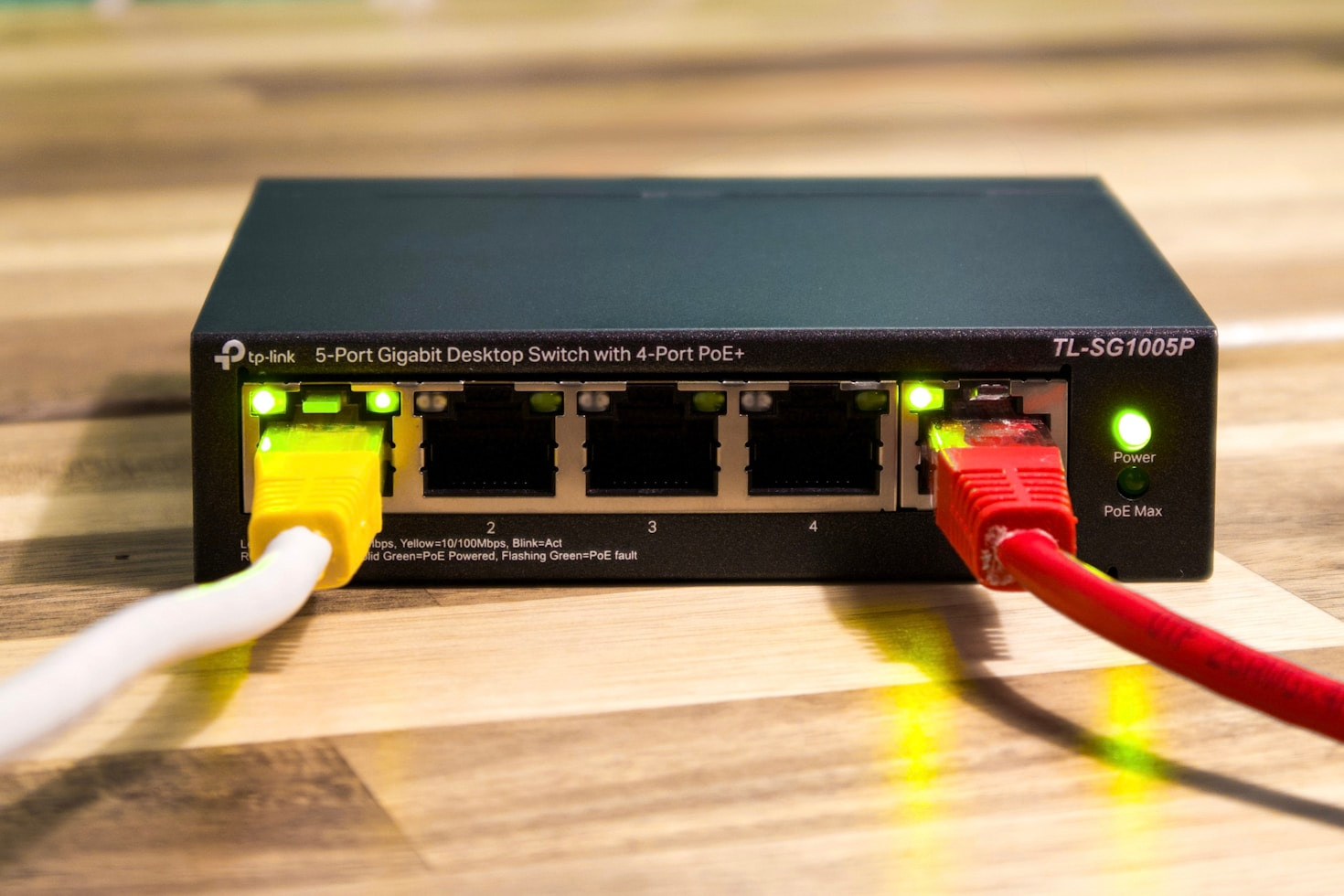In today’s digital world, cybersecurity is a critical responsibility for professionals across all industries. Whether you work in IT, finance, healthcare, or any other field, following strong cybersecurity practices helps protect sensitive information and maintain the trust of clients and employers.


This post outlines essential cybersecurity practices every professional should adopt to reduce risks and enhance security in the workplace.
1. Use Strong and Unique Passwords
One of the simplest yet most effective cybersecurity practices is using strong, unique passwords for every account. Avoid easily guessable passwords like “123456” or “password.” Instead, use a combination of letters, numbers, and symbols.
Consider using a password manager to generate and store complex passwords securely. This reduces the risk of breaches caused by password reuse or weak credentials.
2. Enable Multi-Factor Authentication (MFA)
Multi-factor authentication adds an extra layer of security by requiring additional verification beyond just a password. This might include a fingerprint scan, a one-time code sent to your phone, or a hardware token.
MFA significantly reduces the chances of unauthorized access, even if passwords are compromised.
3. Keep Software and Systems Updated
Cybercriminals often exploit vulnerabilities in outdated software. Regularly updating operating systems, applications, and security tools ensures that you have the latest protections against threats.
Set devices to update automatically whenever possible and promptly install security patches.
4. Be Cautious with Email and Links
Phishing attacks remain one of the top ways hackers gain access to systems. Always verify the sender’s identity before opening email attachments or clicking on links.
Look out for suspicious emails asking for sensitive information or urging urgent action. When in doubt, contact the sender through a separate communication channel.
5. Secure Your Devices
Use encryption, firewalls, and antivirus software to protect your devices. Avoid using public Wi-Fi for sensitive work unless connected through a trusted virtual private network (VPN).
Physically secure devices by locking screens when not in use and never leaving them unattended in public places.
6. Backup Important Data Regularly
Regular backups help you recover quickly in case of ransomware attacks, hardware failures, or accidental data loss. Store backups securely, preferably offline or in a separate cloud environment.
Test backup and recovery procedures periodically to ensure data integrity.
Conclusion
Cybersecurity is a shared responsibility that requires vigilance and proactive habits. By adopting these key practices, professionals can significantly reduce the risk of cyber threats and contribute to a safer digital environment.
Staying informed about emerging threats and continuing education in cybersecurity will further strengthen your defenses in the evolving threat landscape.


Leave a Reply